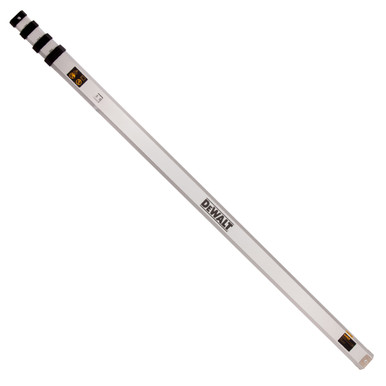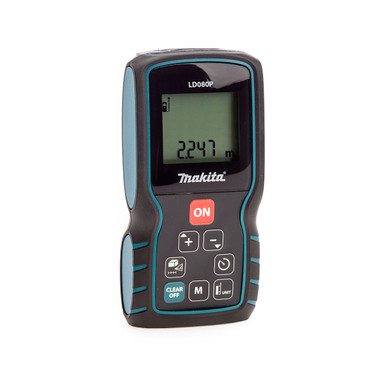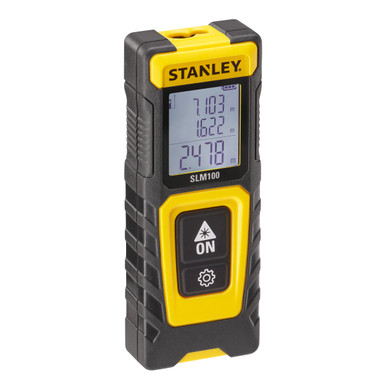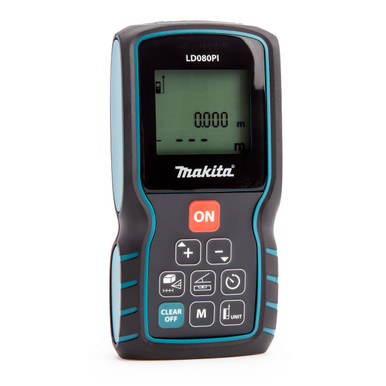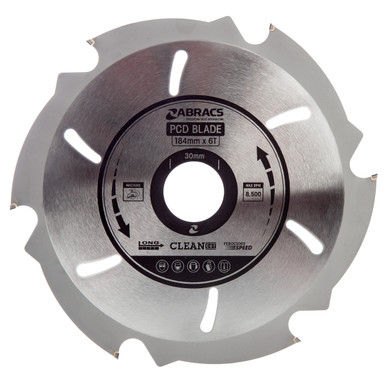How to Use a Laser Level
Posted by Katy | Toolstop on 5th Aug 2024
This Toolstop guide explains all the steps necessary in setting up your laser to ensure you get the most accurate and reliable readings.
This Toolstop guide explains all the steps necessary in setting up your laser to ensure you get the most accurate and reliable readings.
What is a Laser Level?
Laser levels are essential tools in the construction and surveying industries. They project a constant red or green line onto a surface, either horizontally or vertically, serving as visual guides to ensure your work is perfectly straight and level. Laser levels come in different types, such as rotary, cross line, and self-levelling models, each suitable for specific applications.
Whether you're hanging a picture or performing professional building work, understanding how to choose and use a laser level can significantly enhance your project outcomes.
How a Laser Level Works
Laser levels use optical amplification to emit a laser - a highly focused beam of light. This laser projects one or more fixed lines or dots along horizontal and/or vertical axes, allowing you to align your work precisely. Some laser levels combine both lines and dots for added versatility.
What is a Laser Level Used For?
Laser levels are invaluable for tasks requiring a straight and level reference point over a large surface area. Common uses include:
- Indoor Applications: Hanging picture frames, installing shelves, fitting dado rails, and aligning tiles
- Outdoor Applications: Grading land, laying foundations, and aligning fences
Types of Laser Levels
Cross Line Laser
- Function: Uses a prism to project a laser in approximately 180 degrees, creating vertical, horizontal, or both types of lines
- Uses: Ideal for indoor tasks like aligning cabinets, tiles, and picture frames
Rotary Laser
- Function: Spins the laser beam to create a 360-degree horizontal or vertical plane
- Uses: Suitable for large-scale outdoor projects like grading and site layout
Self-Levelling Laser
- Function: Automatically finds and maintains a level within a specified range
- Uses: Offers the highest accuracy for various levelling and plumbing tasks
How to Use a Laser Level
Using a laser level is straightforward, but it requires careful setup to ensure accurate results. Follow these steps for optimal performance:
- Attach to a Tripod: If using a tripod, attach the laser level securely. Adjust the tripod legs and use the built-in levelling bubble to ensure stability
- Turn On and Calibrate: Turn on the laser level. If it’s a manual model, adjust the thumbscrews to level it using the bubble vials. For self-levelling models, allow the device to self-calibrate
- Project the Beam: Identify your target surface and project the laser beam. The beam can be a dot, a line, or a combination, depending on the model
- Use a Laser Detector (If Needed): For outdoor use, attach a laser detector to a levelling rod. Slide the detector until it beeps, indicating it has found the beam. Secure the detector and make your measurements
Tips for Using Laser Levels
- Use a laser detector in bright lighting conditions where the beam might not be visible
- Green lasers are more visible in daylight compared to red lasers. Find out more about this in our blog 'Red and Green Lasers - What's the Difference and Which is Best?'.
- Manual levels are cost-effective but require more setup time, while self-levelling models offer higher accuracy and ease of use



